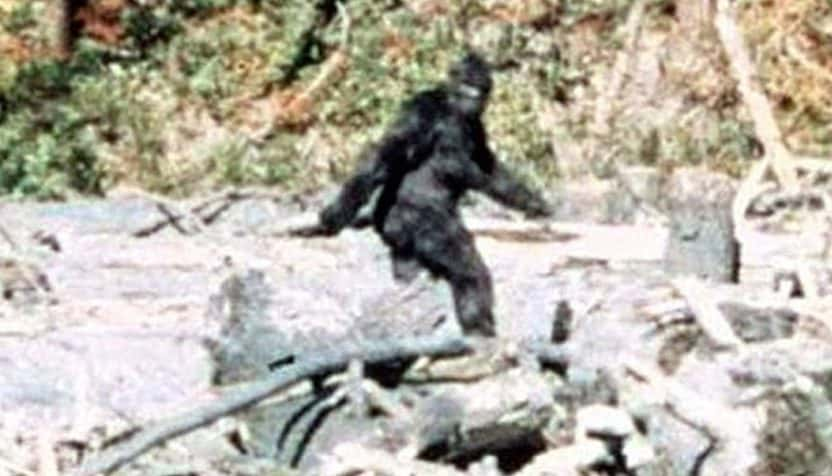CASE 2: CITIES LOST TO TIME
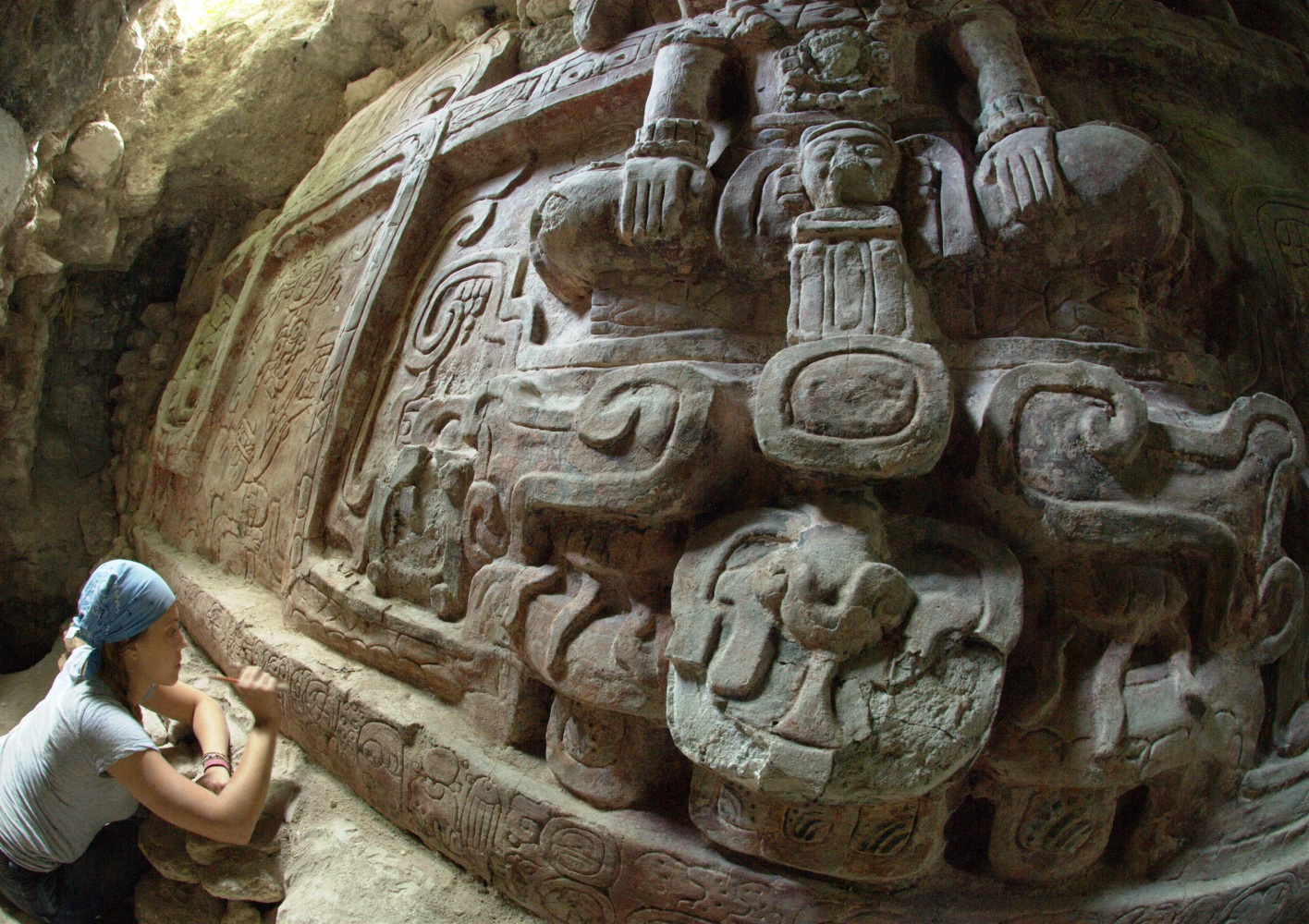
I love some good ol’ fashioned (pun slightly intended) ancient history, and I often focus on man-to-man interactions rather than their more natural, less violent or suspicious counterparts. There are all kinds of abandoned or “lost” cities, civilizations, etc. all over the world of varying ages; way too many to talk about in a single post. But some are more intriguing than others to me, mainly because of the level of preservation they’ve managed to attain, their age, or simply their complexity. What’s even more fascinating is exactly what happened to them. In many cases, people just seem to have literally vanished into thin air, or simply just up and left. It leaves the end, challenges, or other circumstances of their way of life up in the air, like looking at a clue to a case you know you’ll never solve but still want to anyway. So I decided to pick a couple of “lost” cities/civilizations and provide a brief summary of what they are, where they are, what happened, and why. It really makes you consider the temporary nature of humanity. Even the most successful and progressive of efforts can fall flat against the cruel reality of time, nature, and circumstance.
~~~
1. Tikal, Guatemala
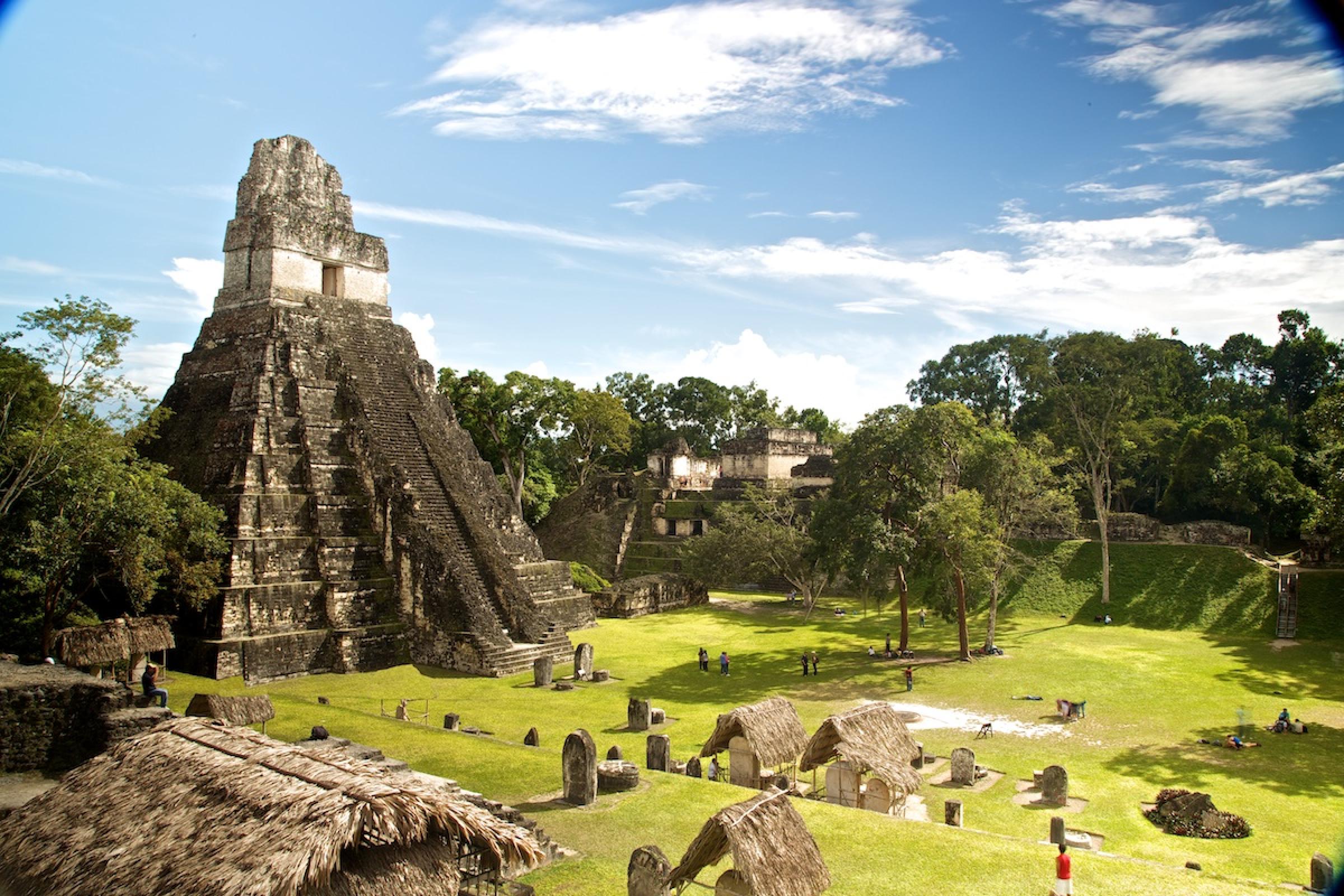
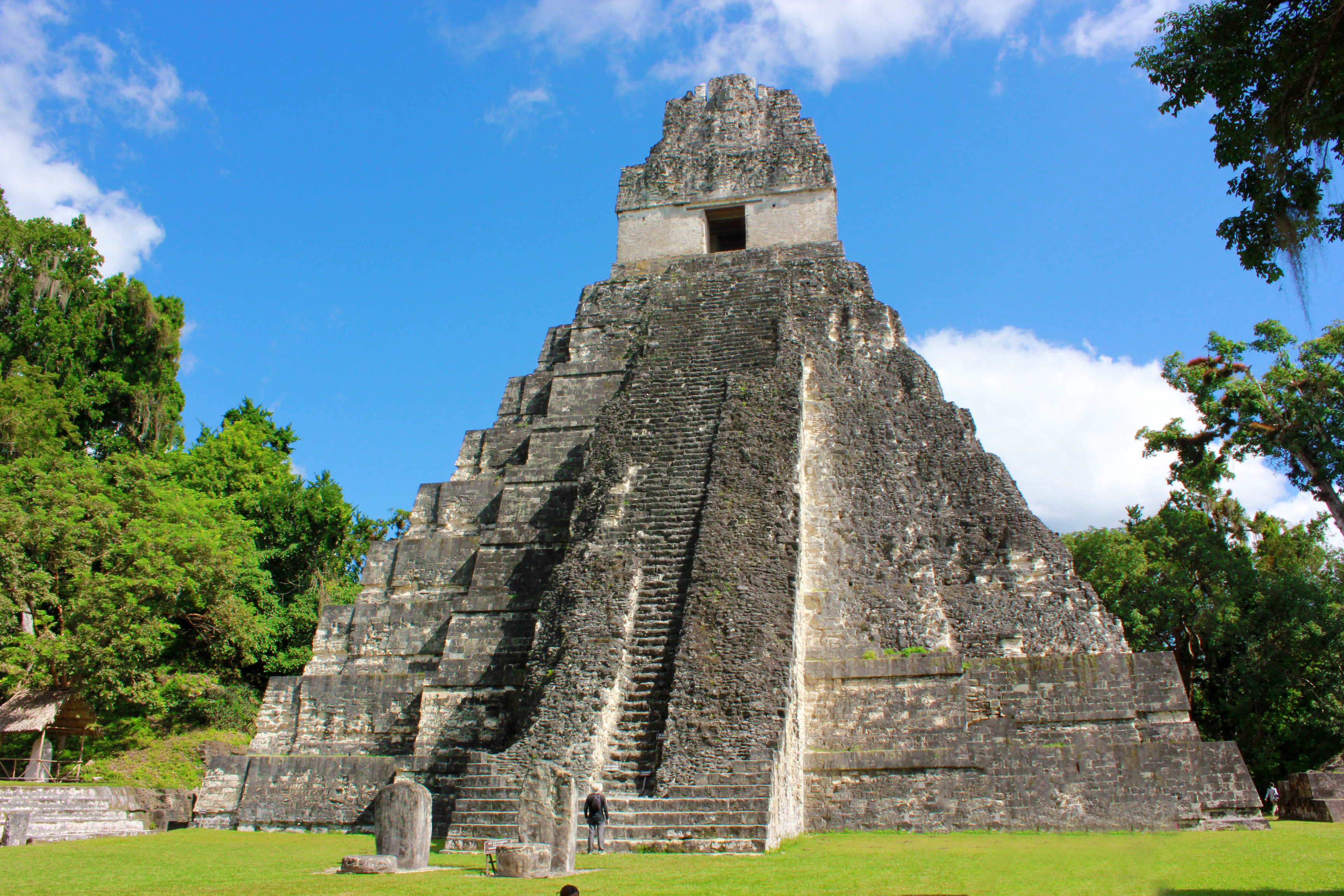
Tikal, Guatemala is a former Mayan town surrounded by forests and wildlife. Aside from its incredible architectural ruins and remains, the city also boasts an incredibly knowledgeable former population. The people of Tikal had created a 365 day calendar and a lunar cycle only a few minutes off of modern standards and calculations by the time they abandoned their city. Its temples still stand proud and tall as they did way back at the beginning of the common era, a look into past homes to former religious or otherwise cultural rituals and celebrations. What makes Tikal unique not just as a Mayan city-state but also as a historical site is the amazing condition of its ruins; unlike many other similar sites, many of its buildings still remain at the same height and same level of grandeur that they did upon their original construction. For reasons unclear, the city was abandoned around the 10th century, possible due to climate change, droughts, or other natural causes – but its sudden abandonment luckily did nothing to taint the magnificence of the accomplishments done here.
Outside Source: https://www.cnn.com/travel/article/tikal-guatemala/index.html
2. Pompeii, Italy

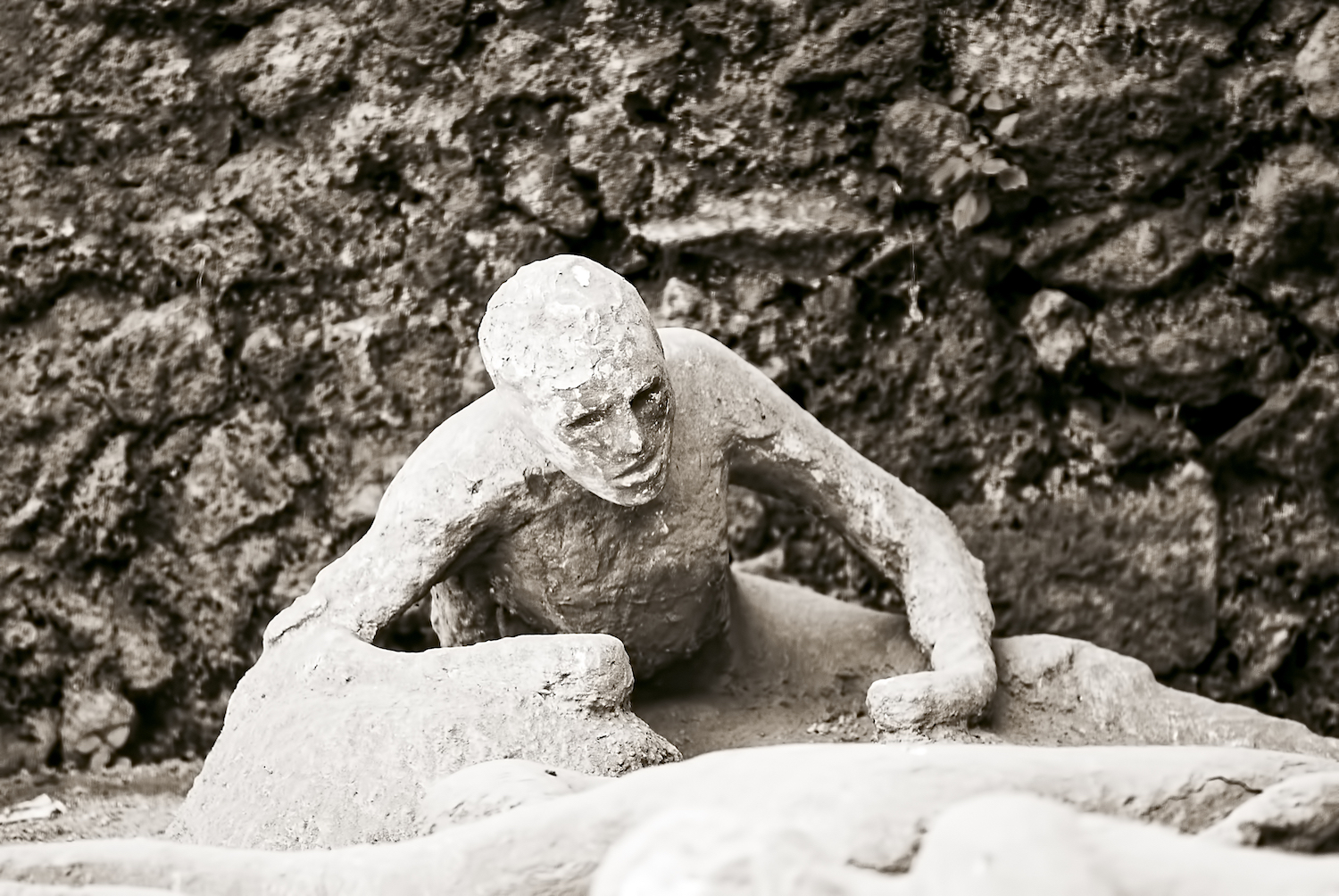
I have the unique privilege to say that I’ve actually been to Pompeii. It’s as haunting as it is spectacular. Pompeii is a pretty significant and popular cultural icon, especially due to the casts of human and other remains that are displayed alongside the ruins. Pompeii was once a prosperous ancient Roman city full of the cultural and social developments the rest of the empire had to offer. The entire city was suddenly destroyed when a local volcano, Mount Vesuvius, erupted at such a scale that the entirety of the grounds and buildings, including all of the civilians within, were covered by thick layers of smoke and ash, basically petrifying all the buildings and figures where they stood. This means that a lot of the ruins are incredibly well preserved; the buildings, roads, and city layout are still very comprehensible, and some original artwork still remains on some of the walls. But, as mentioned previously, the seemingly frozen-in-time corpses (which are actually casts of actual human remains rather than the literal remains themselves, at least those on display for the general public) are what seem to attract a lot more attention. It’s a place that simultaneously reminds you of the fleetingness of mortality but also the complexity of human society – truly a unique experience, and such an extensive city that it’s impossible to explore it all at once.

